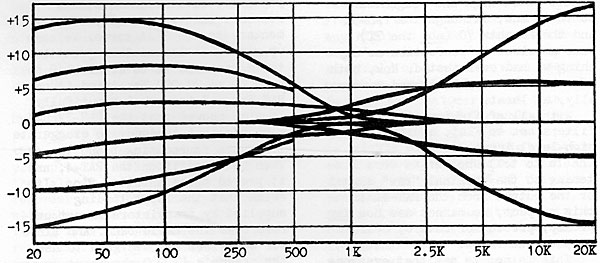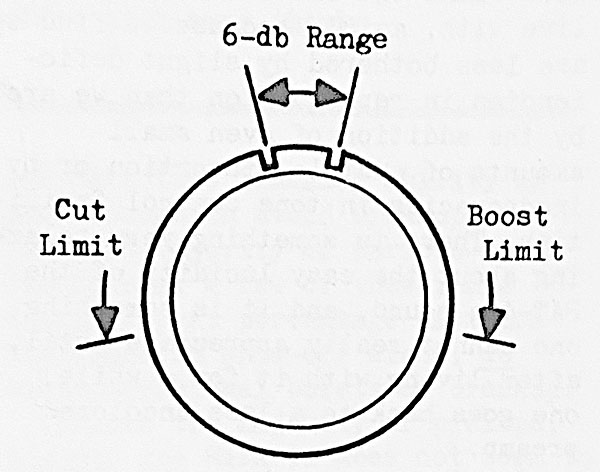| Columns Retired Columns & Blogs |
The successor -- the PAT5 -- was Dyna's first effort to use an integrated circuit. The original IC resulted in a not very musical sound; a replacement was offered that sounded much nicer. Interestingly, the PAT5 did away with the spring loaded monitor switch.
My PAS3X was probably a bit more "musical" but seemed more noisy. That could have been from the tubes (which used an AC filament supply) or it could have been from the fact that all of the wiring was point-to-point, increasing the potential for cold solder joints or suboptimally routed wires.










































